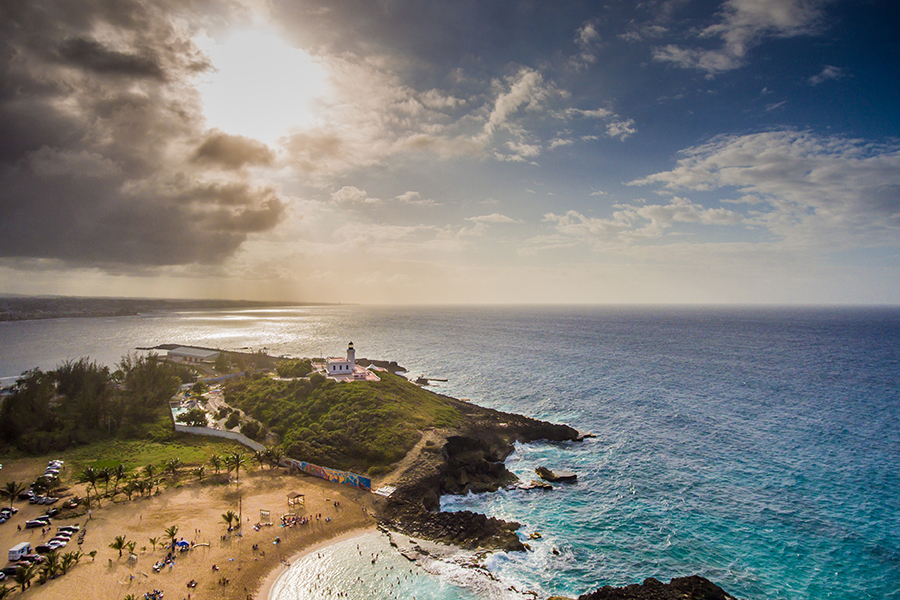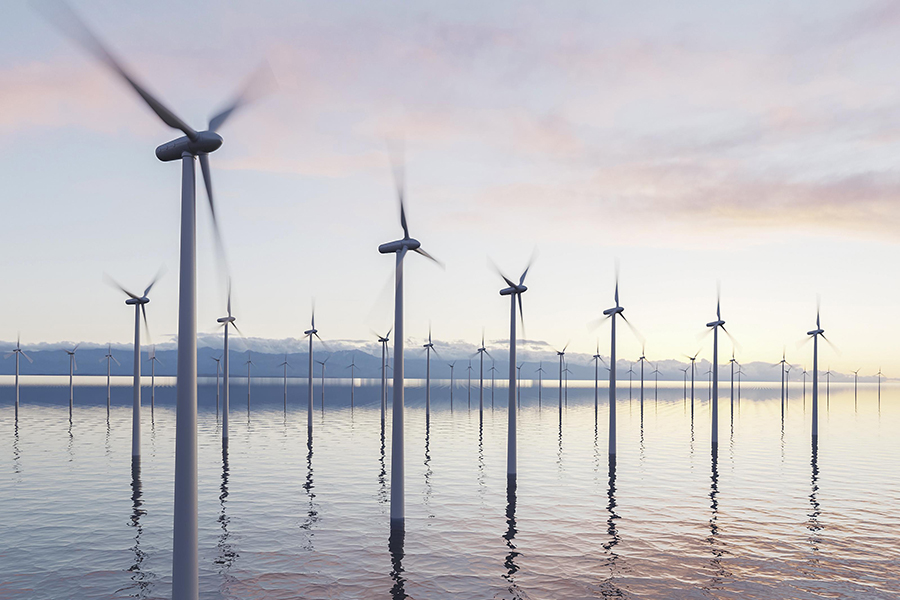Famous for its golden beaches, clear waters and unusual flora and fauna, Hawaii is full of natural riches. For the past year, researchers have been asking whether putting an economic value on nature could help protect the islands’ unique environment.
Ecological economist Kirsten L.L. Oleson and her research assistants have been combing through and standardizing a mass of data sets – from stocks of fish and the health of various reefs to where tourists go to whale watch in the U.S. state.
The goal is to help guide Hawaii’s environmental policy by accounting for the value of nature – work that will allow policymakers and the public to see the measurable effects of nature protection and climate change, according to Oleson.
The economist hopes the approach could eventually provide a model for other states. For now, it involves a lot of data drudgery, she admitted.
“All of us live here because of the recreation and the magic of the coasts, and it seems a bit reductionist to turn it into an economic accounting table,” said Oleson, a professor of ecological economics with the University of Hawaii at Manoa.
But being able to quantify the full value of coastal systems could result in a policymaking sea change, she said.
“My hope is we can transform the economy so we’re living within the ecological limits – because right now we’re not.
“But it’s one thing to say that, and another to have numbers on paper to show that,” Oleson added.
There have been similar research efforts in the past. A 2003 estimate by the state and the University of Hawaii put the value of the archipelago’s nearshore reefs at $800 million – but that figure has not been regularly updated.
Oleson’s work comes at a time when the U.S. federal government is taking its first-ever steps to formally incorporate the value of nature into policymaking.
The White House has announced a series of measures in recent months – and at the ongoing U.N. COP15 nature summit in Montreal, the United States and Australia agreed to cooperate on the issue and encourage other countries to follow suit.
The actions seek to “put nature on the nation’s balance sheet, and give Americans a full view of how gains or losses in nature affect us today and might affect our future,” a White House official said by email on condition of anonymity.
For instance, key economic indicators such as gross domestic product have never taken costs to nature or benefits from it into account, the official said.
A final framework is expected early next year, they said, but local officials are already anticipating the changes.
Howard Watts, a Nevada state lawmaker, said it was fairly easy to quantify the cost of activities like mining and grazing, for example, but not the value of preserving land to bolster biodiversity, improve air quality or address climate change.
“Being able to have some economic figures that can be compared and contrasted with the values of some other activities will help us make better and more balanced decisions about conservation and development moving forward,” Watts added.
Measure it or lose it
In recent months, President Joe Biden’s administration has announced three inter-related efforts to reshape how the federal government values and harnesses its natural systems.
In April, it announced a National Nature Assessment – a comprehensive stocktaking effort to ascertain what natural “assets” the country has, from forests to waters.
In August, a draft strategy to incorporate the economic value of nature into policymaking was released.
And at last month’s COP27 U.N. climate change summit in Egypt, the U.S. government announced that it would place new emphasis on using nature to address global warming and other environmental risks.
The idea of quantifying nature on a systematic basis stretches back decades, but its application is new, with only a handful of countries having set up partial systems, said Katie Warnell, a senior policy associate with the Nicholas Institute for Energy, Environment & Sustainability at Duke University.
Since 2016, she has been part of a government-sponsored effort to figure out how the United States could follow those early leaders.
“If you cut down a forest, that increases GDP and looks good on an economic spreadsheet, but that doesn’t capture that you’ve jeopardized the future value of that area and other benefits it was providing,” Warnell said.
She highlighted the value of pollinators to agriculture as one issue the group, comprised of U.S. officials and academics, had examined.
While “managed” beehives are often trucked from field to field, wild insects also pollinate plants naturally – but no one knows the extent to which this is happening because it is not currently being measured, Warnell said.
Understanding the extent to which those wild populations are responsible for helping agricultural efforts could help drive policymaking to safeguard those insects, she added.
However, some environmental advocates are concerned that placing an economic value on natural systems risks losing sight of nature’s importance for its own sake.
“Obviously natural systems have huge (economic) value to people and society, but they also have intrinsic value just by their very existence,” said Robert Dewey, vice president of government relations for the Defenders of Wildlife advocacy group.
“That’s difficult to measure and factor into decision-making.”
‘Demand from communities’
Congress and local communities have put rising pressure on the federal government in recent years for new strategies to value nature, and work has been done in preparation for that change.
The U.S. Army Corps of Engineers – which is responsible for a huge share of the country’s infrastructure – has for a decade had a program to bolster the case for “nature-based solutions” – such as using marshlands in flood protection.
“We’re clearly seeing a demand from communities. They’re looking for something different (and) something more from us,” said Todd S. Bridges, head of the Corps’ Engineering With Nature program.
Bridges pointed to pushback in Florida’s Miami-Dade area over a Corps of Engineers plan for a mile-long seawall, with local people asking instead for natural approaches such as mangrove restoration.
In September, the Corps agreed to go back to the drawing board due to the opposition from residents.
“Benefits still have to be compared to costs, but we need to be evaluating as many of the benefits as are relevant, not just the narrowly defined economic benefits,” he said.
Many multinational companies have also started assessing their impact and dependency on nature in recent years, but most are doing so in limited ways, said Jane Ingram, executive director of Pollination, an investment and advisory firm.
For instance, a timber company may be tracking forest health “but not changes in water quality or biodiversity,” Ingram said.
Now, she said, national-level data could help fill the gaps.
“We will increasingly see the value of nature streamlined into business products, insurance products, loans and federal policies,” she said.
Meanwhile, in Hawaii, the administrator of the state’s Division of Aquatic Resources – Brian Neilson – said he was closely following Oleson’s work in the hope it could help him make the case for more funding for natural resources management.
“The value of our natural resources has been taken for granted and thought of as a renewable resource that requires little investment to maintain,” he said by email.
“The beautiful scenery and animals that our visitor economy relies on requires investment,” Neilson added. “Policymakers understand this, but we need real numbers to make the case.”
(Reporting by Carey L. Biron; Editing by Kieran Guilbert and Laurie Goering.)






